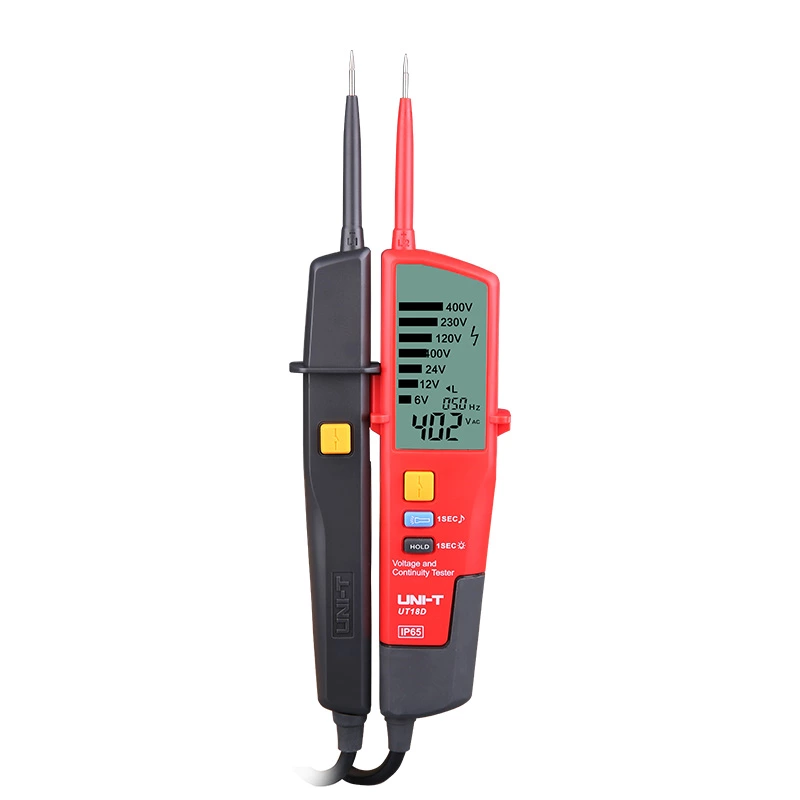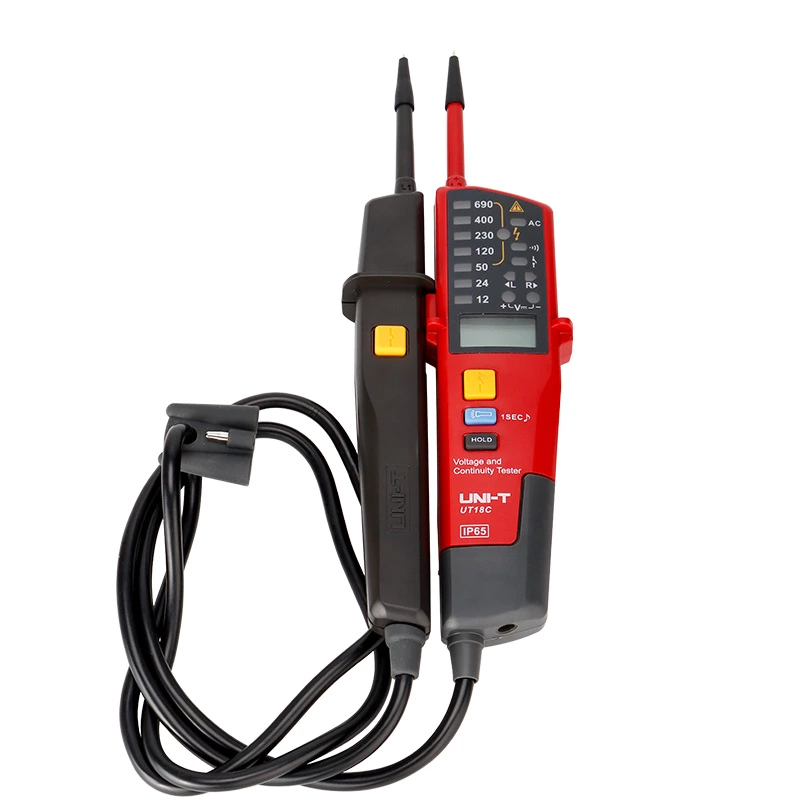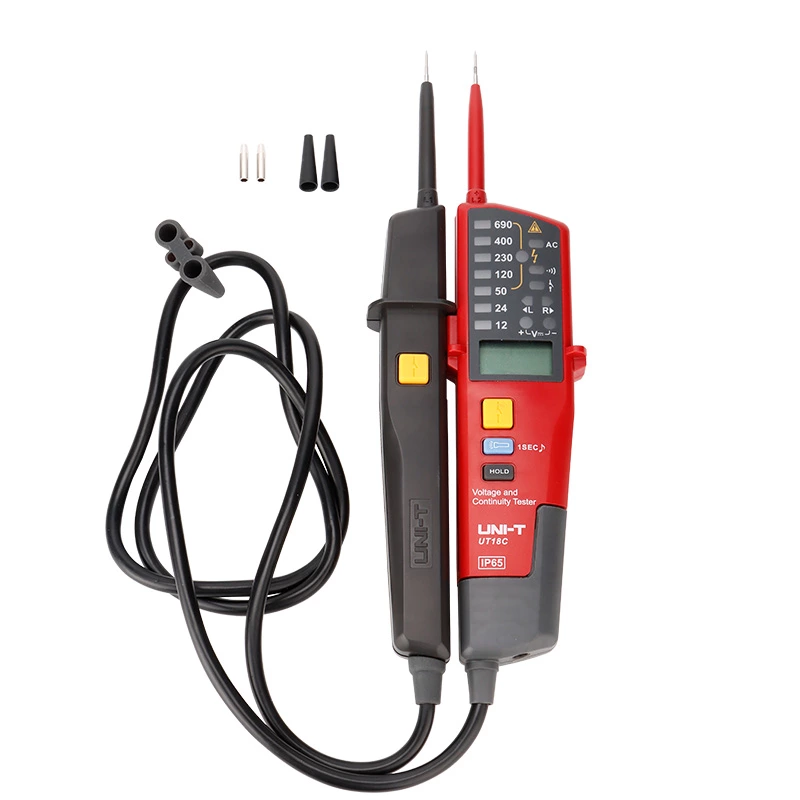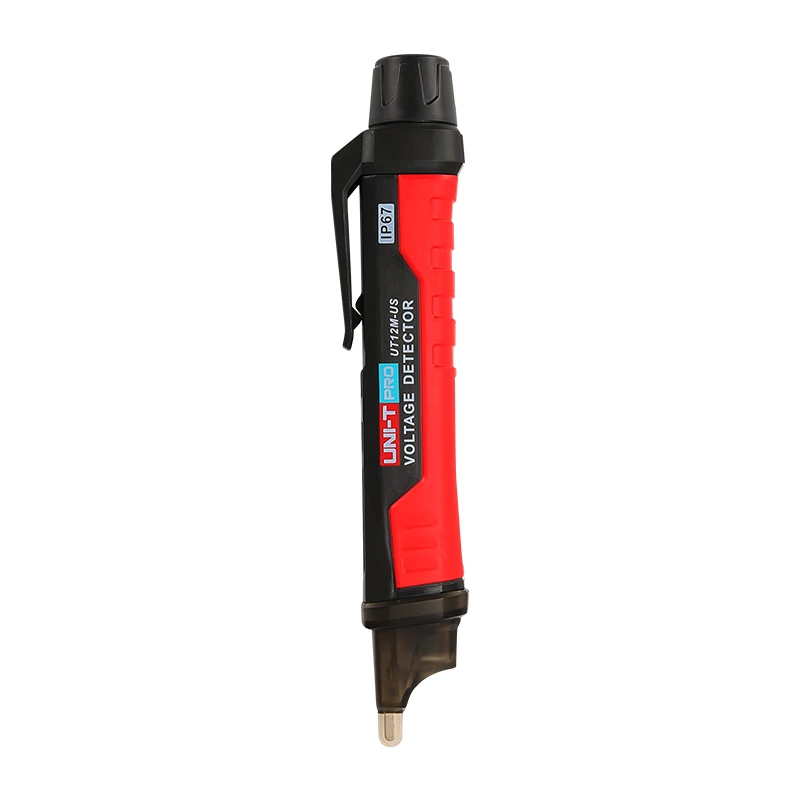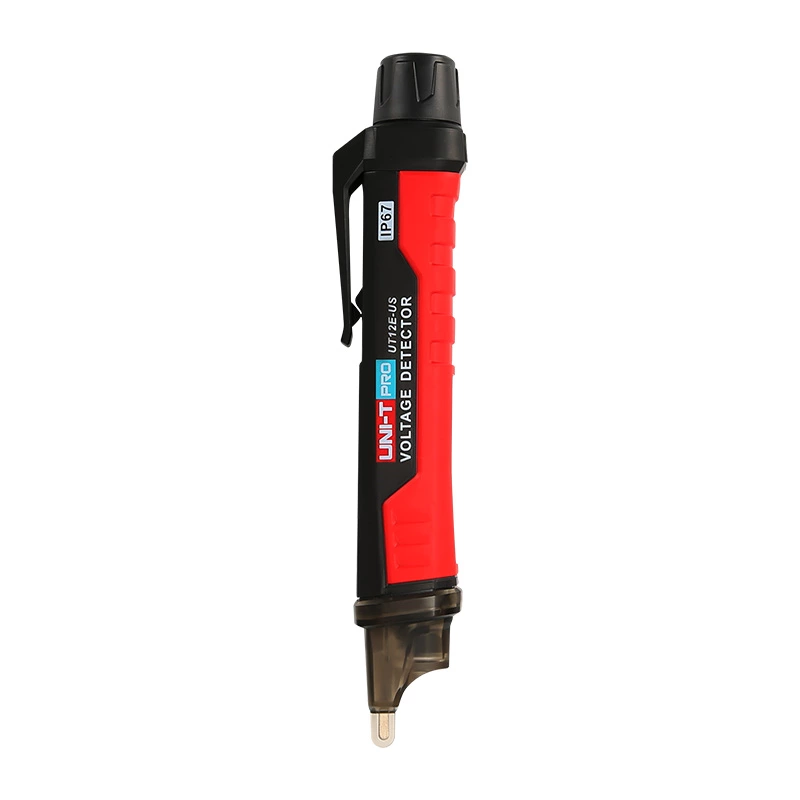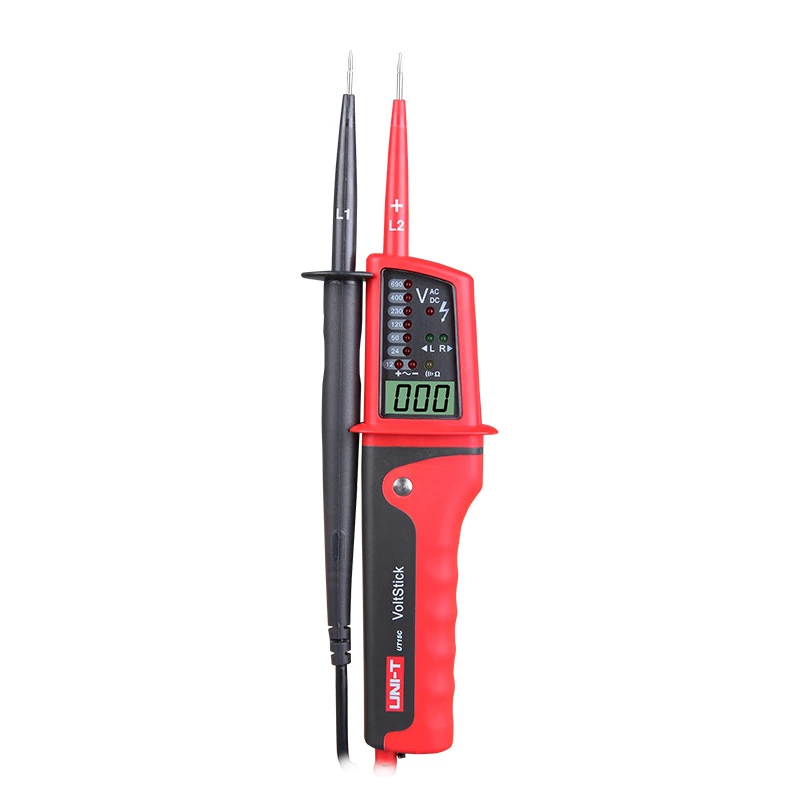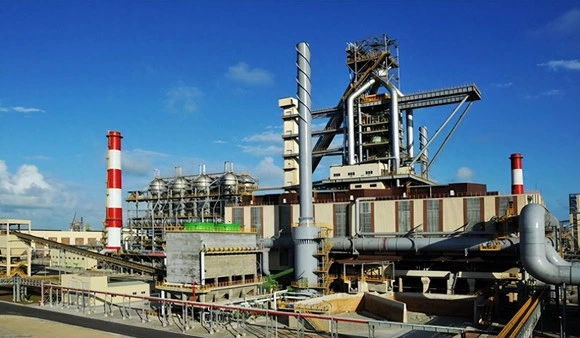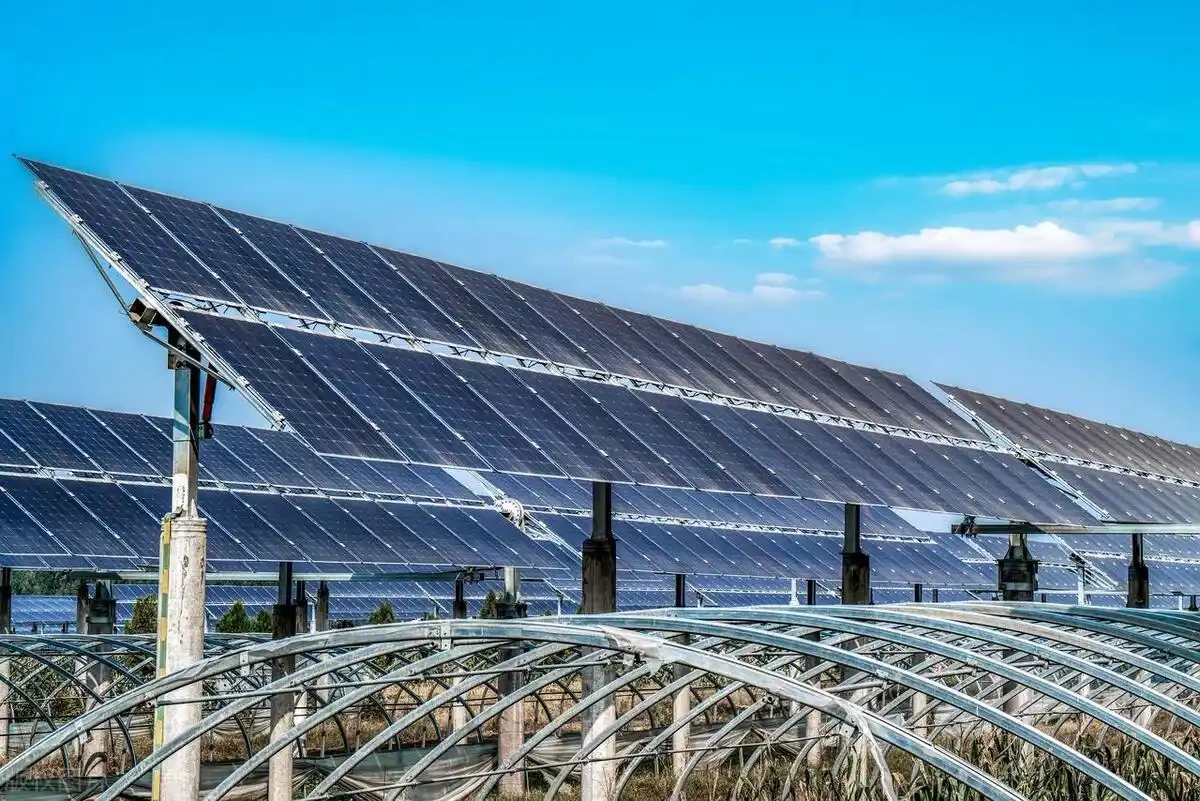Steelmaking is a key pillar of industrial development, but it is also a major source of environmental pollution. Throughout the steelmaking process, from raw material preparation, coking, sintering, ironmaking, steelmaking, continuous casting, and rolling, each stage generates significant amounts of waste gas. These waste gases contain harmful gases such as carbon monoxide, sulfur dioxide, hydrogen sulfide, and nitrogen oxides, which not only cause severe environmental pollution but also pose a threat to production safety. Therefore, the use of gas detection and alarm systems in steelmaking is particularly important.
Gas detection and alarm systems play a vital role in every stage of steelmaking. Gas detection and alarm systems should be installed in key locations such as the sintering fan room, sintering area, blast furnace fan room, coal injection area, roll weighing area, blast furnace body area, and bag filter area to monitor harmful gas concentrations in real time. These systems can detect a variety of gases, including combustible gases, oxygen, carbon monoxide, sulfur dioxide, hydrogen sulfide, and nitrogen oxides, ensuring immediate alarms if harmful gas concentrations exceed permitted limits.
Gas detection alarms transmit data to a gas alarm controller via wired or wireless communication, where it is converted into an RS232 signal or transmitted to a computer terminal via the internet. This allows managers to monitor gas concentrations in each area in real time, enabling them to promptly identify and address potential safety hazards. Furthermore, these gas detection alarms automatically activate exhaust systems when hazardous gas concentrations exceed a preset threshold, forcing ventilation and effectively reducing concentrations and ensuring production safety.
Through the use of gas detection alarms, steelmaking companies can achieve real-time monitoring and early warning of hazardous gas concentrations during production, effectively preventing environmental pollution and production accidents. Furthermore, these instruments also feature data recording and analysis capabilities, helping companies optimize production processes, reduce energy consumption and emissions, and achieve green and sustainable development.
